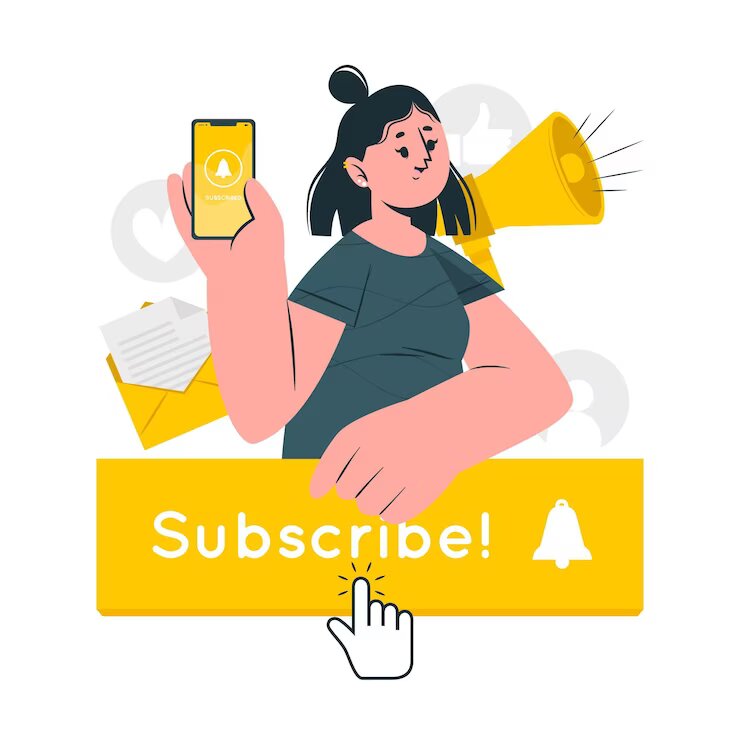How To Define A Call To Action?

A call to action is a technique used in online marketing to encourage site visitors to do the desired action, such as making a purchase or signing up for further information. Short pieces of writing that encourage readers to visit a certain URL are called CTAs. If they click on that link, they will be sent to a sales page where they may find out more about the company and make a purchase. The website’s calls to action could take the form of a banner, pop-up window, or button.
Calls To Action: Four Applications
A call to action is an effective advertising strategy for increasing website visits.
- Client base: Organizations may expand their consumer base by increasing brand recognition and website traffic by informing interested parties about their offerings.
- Make a sale: CTA is a component of the sales funnel, a digital marketing approach that starts with brand recognition and interest and culminates in a purchase. A high percentage of site visitors responding to CTA is indicative of its efficacy.
- More leads: Calls to action help businesses find the individuals most likely to become paying customers and attract their attention in the first place. The collected information will be used to build an email list, which will be used for future direct marketing efforts.
- Direct customers to your website and goods: A consumer may be at your virtual storefront with only a click of a link, ready to make a purchase.
Best Places To Put Call To Action

Use call-to-action buttons on all of the websites frequented by your target audience as part of your marketing strategy. Some examples of these are:
- Your website: Make use of many CTAs around your website, including the homepage, to maximize conversions from visitors. Blog articles you produce for your firm should have CTAs too. If you don’t already have a blog, you should create one so that more people will visit your website.
- Promotional email: Send out an email to everyone who is subscribed to your mailing list. Add CTAs to the body of the email.
- Online networking: Promoted posts on social media platforms like Facebook might contain a “Learn more” button that directs users to the company’s website.
- Google: Invest in Google AdWords so that your advertising will appear in response to searches for your product or service. You need to include a contact number. Customers will be able to more easily contact you thanks to a click-to-call feature on Google mobile adverts.
5 Guidelines To Help You Create Compelling CTA
The most effective CTAs are brief, memorable, and designed to entice readers to visit the website. Include these five components in your call to action:
- Begin with an order. It is intended to persuade the reader to take some kind of action. With a bang! Use commanding words and verbs that encourage action, such as “shop,” “join,” and “click.”
- Ensure low risk. It provides high value for the target audience while also being low risk. Use no pressure. Inform your readers that they may learn more about the topic at hand without any obligation on their part.
- Use convincing writing abilities. It is typically crafted by a copywriter using enticing wording. Communicate in a way that compels listeners to take action. Maintain simplicity in your CTA language to generate curiosity and interest. Make a compelling offer, such as reduced prices, to entice customers.
- Add a time restriction. Get in on this exclusive sale before it ends! A feeling of urgency is created in some of the strongest CTAs. Fear of missing out (FOMO) is stoked when a campaign includes a countdown timer.
- Put some visual punch into it. Using both compelling words and beautiful designs, you can create an ideal CTA. Make the area surrounding the CTA button brighter and utilize white space to draw attention to it. Create something that jumps out to the reader.
Conclusion
In conclusion, CTA is a crucial element of any marketing strategy, as it motivates potential customers to take a specific action that ultimately leads to a conversion. It is essential to understand your target audience and the desired outcome you want to achieve.
Several key components make up a successful CTA, such as clear and concise language, a sense of urgency, and benefits to the customer. It’s also important to make sure it is prominently displayed and easy to find on your website or marketing materials.
Remember that CTA is not a one-size-fits-all approach. Different tactics may work better for different audiences and industries. Continuously testing and refining your CTAs can help you optimize their effectiveness and drive better results.
Overall, a well-crafted CTA can be a game-changer for your business. By using the tips and strategies outlined in this article, you can create compelling CTAs that motivate your audience to take action and ultimately drive business growth.
Read Also:


























